Right to repair: developing repairable products
In today’s throwaway culture, products are often designed to be disposable. But, have you ever wondered about how much waste and resources are consumed by the constant churn of replacing broken or outdated electronics and appliances? The good news is that the right to repair movement is gaining momentum, empowering consumers to demand sustainable and repairable products. In this blog, we’ll discuss the benefits of designing for repairability and show how ManGo Product Design assists our clients in creating products that are easy to repair and subsequently last longer.
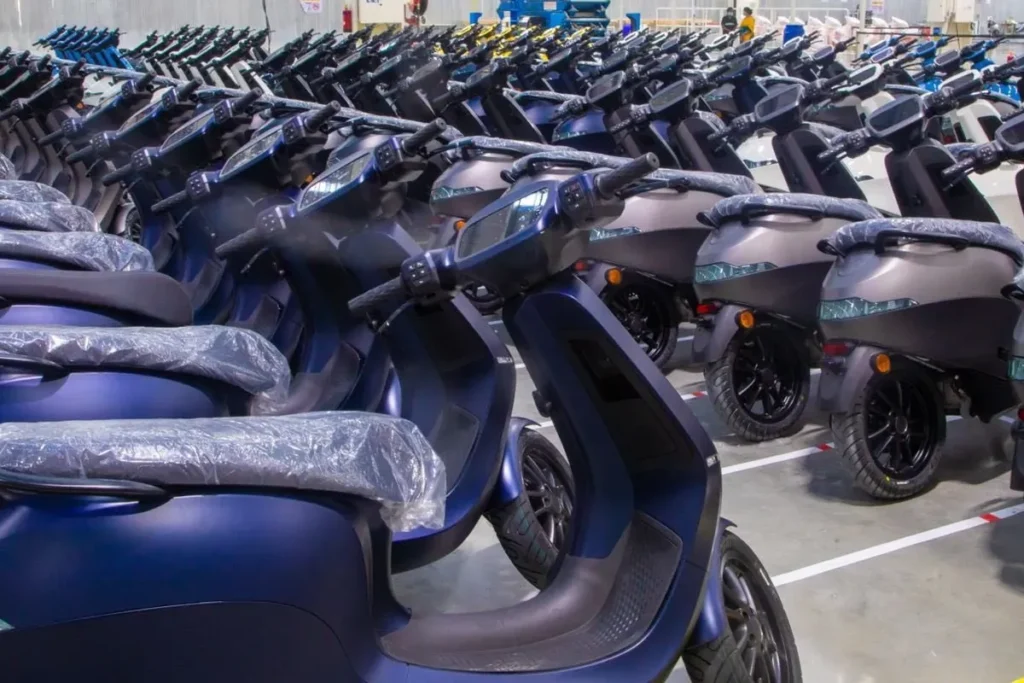
Benefits of Right to Repair
When ManGo designs a product with repairability in mind, it brings the following benefits for our clients.
Waste reduction
Right to repair products are essential in reducing electronic waste. Electronic waste has become a significant environmental problem because it takes up space in landfills, releases toxic chemicals, and it costs a fortune to recycle. An easy-to-repair design helps to keep well-functioning products in use for longer periods of time without disposal. Which makes it also cost-effective for your consumers.
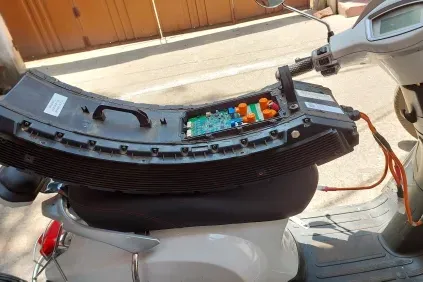
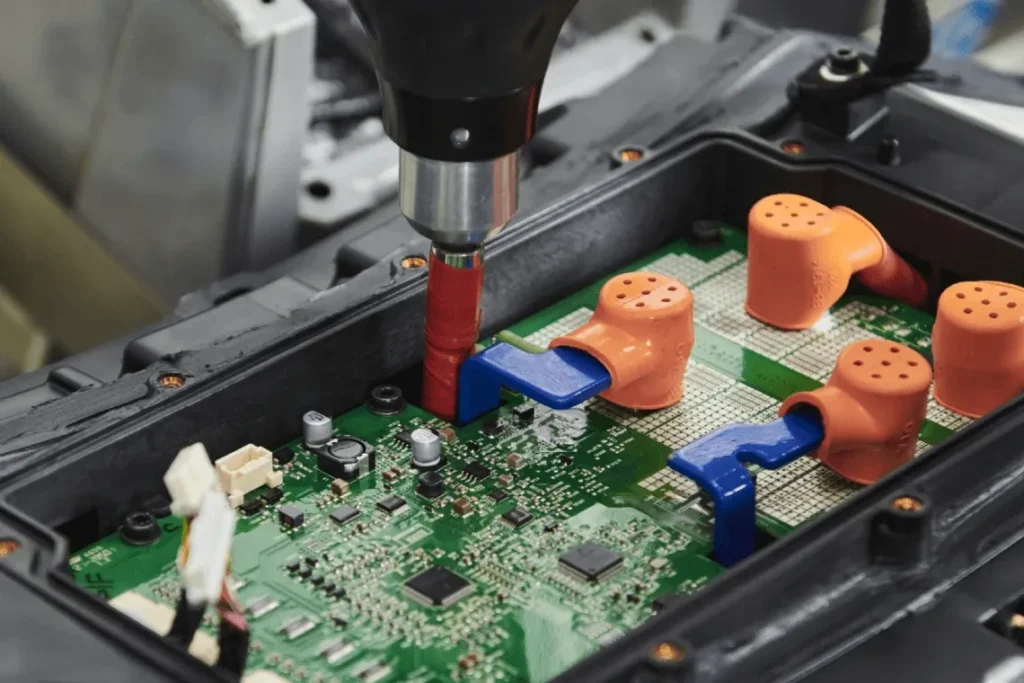
Brand image
Companies that take responsibility by designing right to repair products and arranging repair services, are taking the lead. If you demonstrate commitment to the right to repair it helps to gain customer loyalty and earning a positive brand image. Repairs arranged by manufacturers should of course be easy to arrange at limited costs and provide lasting solutions.
Revenue
You can ensure future revenues by designing products according right to repair guidelines and enabling easy repairs. Imagine you are a manufacturer of washing machines; many consumers do not have a brand preference for such products. When an old appliance fails, most probably the new model that will be purchased is either on sale or has a design aesthetic that appeals to the consumer at that point in time. If you allow however for easy repairs and availability of components for your washing machine that revenue can be directed to your pocket. Often with quite decent margins as the alternative of buying a whole new appliance is much more expensive.
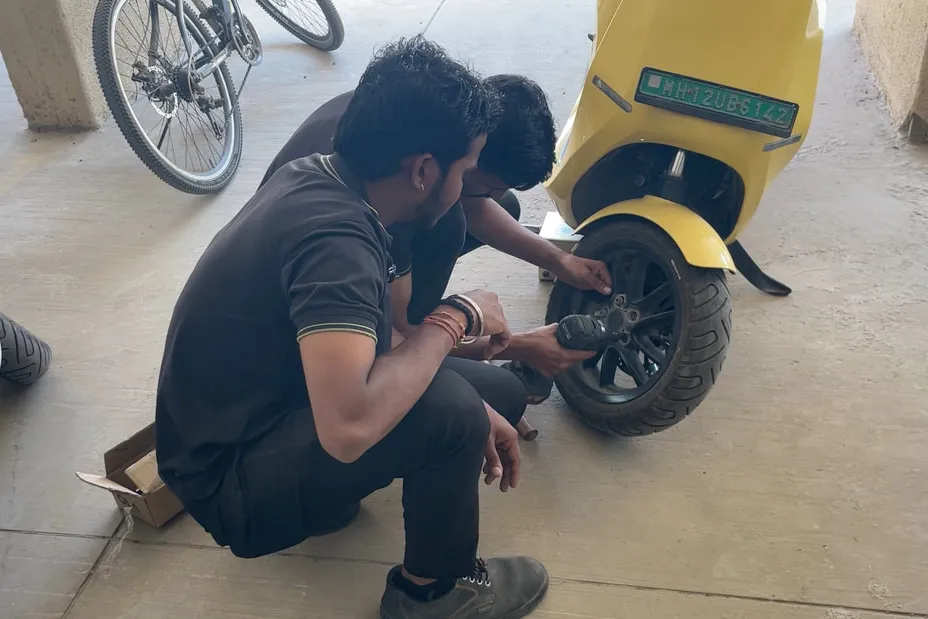
Right to Repair design tips
Now that we know the benefits of designing for repairability, let’s explore some design tips for creating products that are easy to fix:
- Modular design: this involves dividing a product into distinct modules or components that can be easily replaced. This approach is popular in appliances like refrigerators, cars and smartphones, which can be dismantled into interchangeable parts.
- Clear labeling and schematics: helps users to understand how a product is assembled and makes it easier to identify which parts need to be replaced.
- Accessibility: ensuring that fasteners and screws can be easily removed without causing damage, and that components that are prone to failure can be accessed without disassembling the entire product.
- Standardized components: this makes it easier to find replacement parts and reduces the need to manufacture new components from scratch.
- Not making use of adhesives, tape and kit to assemble products.
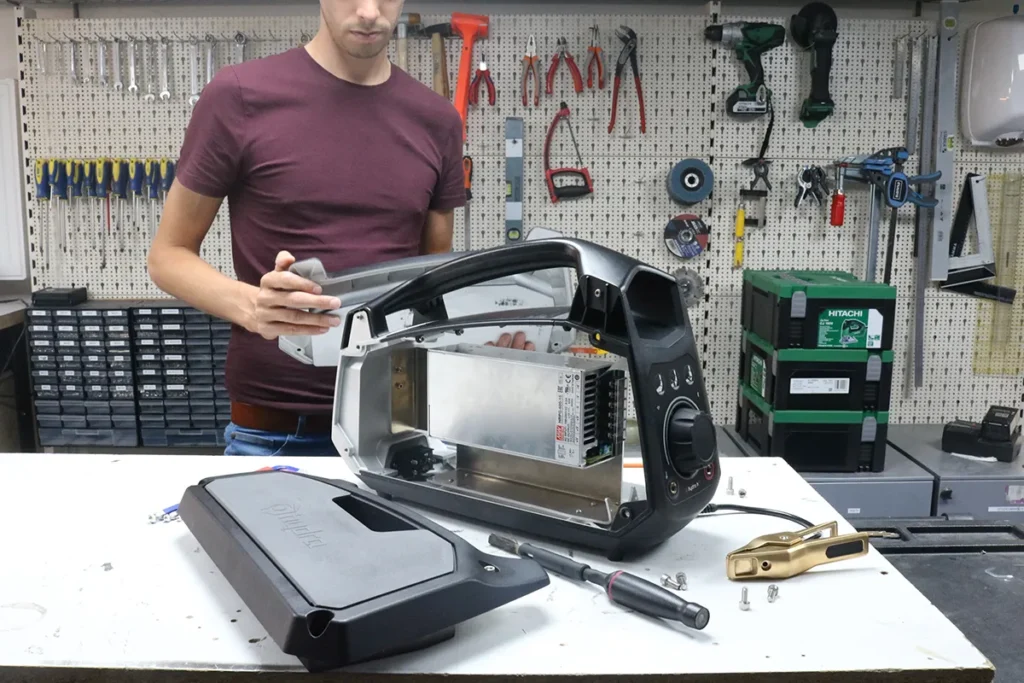
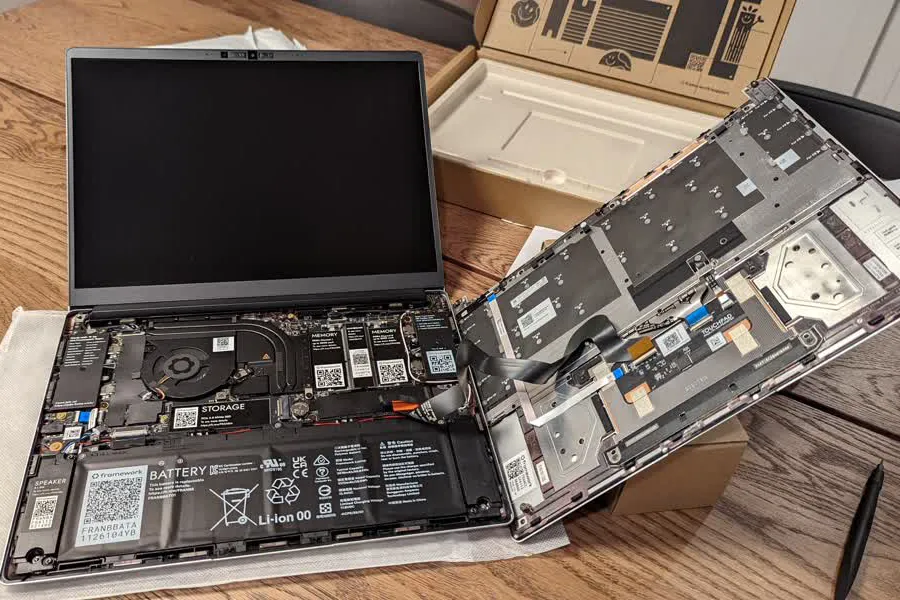
Right to Repair challenges
The highest achievable level of repairability is allowing consumers to fix your product by themselves. However, there are many product categories for which this is legally not allowed, for example the repair of high voltage devices is too risky and must always be done by trained experts. The same goes for specialist calibrated equipment, pressure systems, water-tight products, medical devices, etc. Another challenge is that most companies are quite small and sell only several thousand or tens of thousands of products a year. Building a service network for such small volumes is quite challenging as well as keeping stock of spare parts for long periods of time. Most companies use off-the-shelf components in their products from a multitude of suppliers who also regularly update their catalogues and phase out older models. ManGo Product Design is aware of these challenges and can assist in mitigating these as much as possible for your product design.
Right to Repair regulations
Several countries have started to introduce regulations to encourage the production of more repairable products. For example, in the European Union (EU), manufacturers of electronic equipment must ensure that their products can be easily repaired or replaced. In the US, the Right to Repair Act aims to provide consumers with access to repair information, tools and parts for electronic devices they own. Regulations also increasingly enforce product labeling to indicate ease of repair and put restrictions on repair constraints, such as built-in obsolescence.
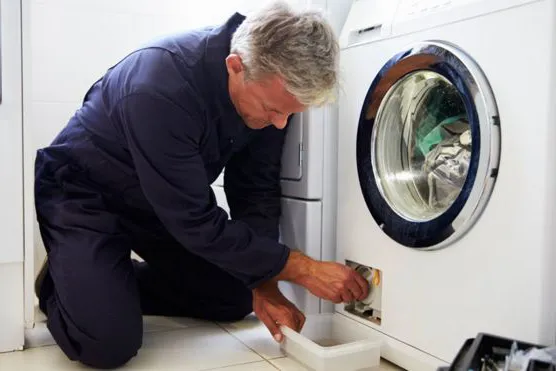

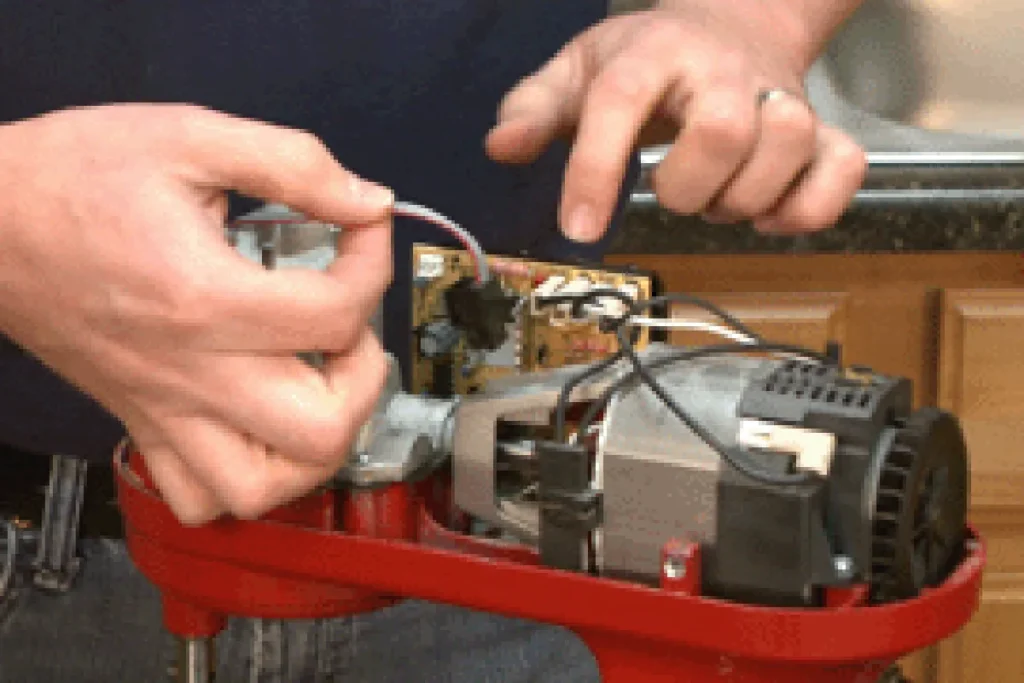
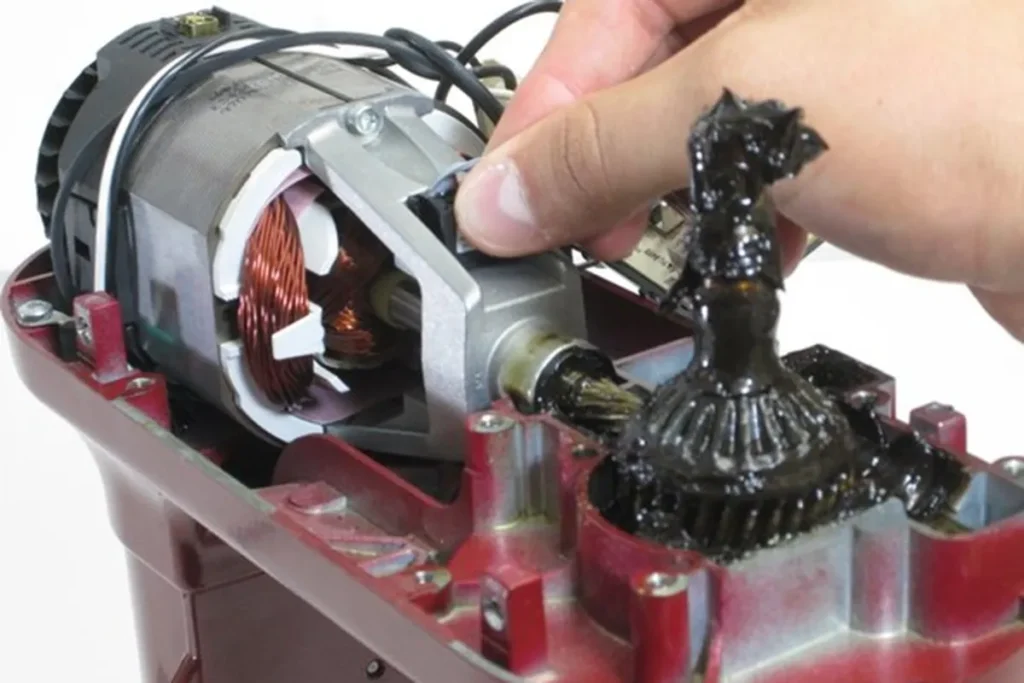
Examples of Right to Repair products
An increasing number of companies is adopting repairability as a key aspect of their product design process. A great example are the smartphones from Fairphone and Shift that allow users to repair, replace and upgrade parts themselves. Other noteworthy examples of brands developing their products to be easy to repair are: Framework laptops, Kitchenaid kitchen appliances and Patagonia. ManGo Product Design supports several appliance manufacturers to create a product range that is not only easy to repair, but circular as well.
Conclusion
Designing products that are easy to repair is not only important for environmental reasons, but it is also cost-effective, promotes product longevity, and can earn customer loyalty. Modular design features, standard wiring, and components, and third-party repair access are steps manufacturers can take in supporting ease of repair. Governments are also increasingly playing a role in enforcing right to repair regulations, and companies can arrange in-house repair services or authorized repair guidance to support consumers. Let’s hope that more manufacturers embrace the idea of designing products that are easy to repair to ensure that we reduce electronic waste and preserve our planet.
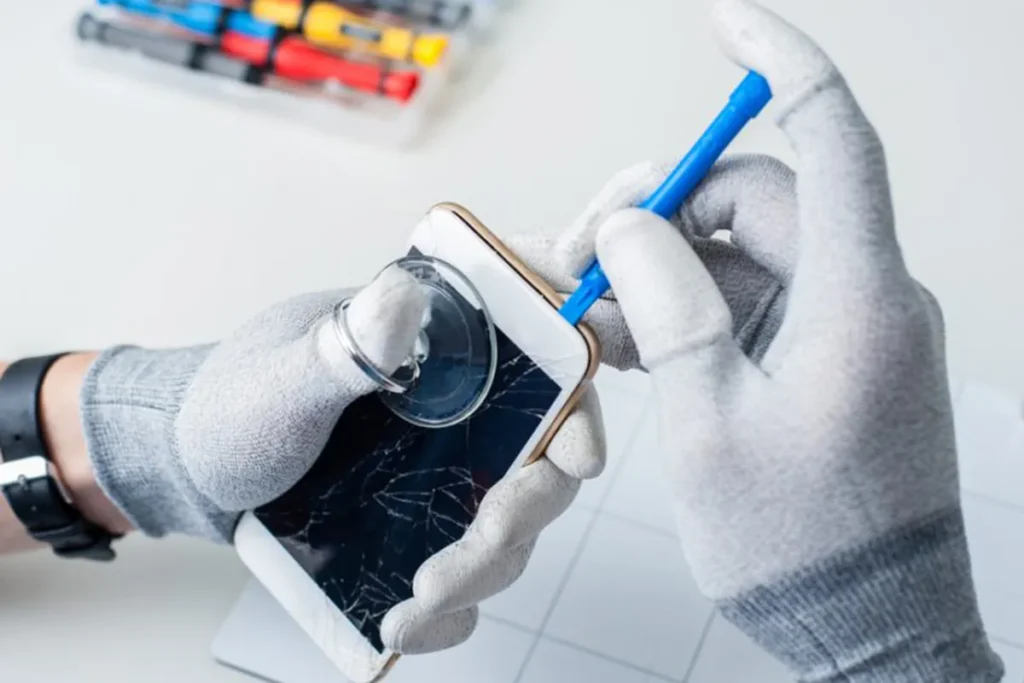
More information
Do you also want to develop a product according the right to repair principles? Contact us by phone, our online form or send an e-mail to: